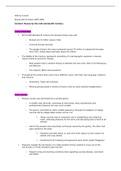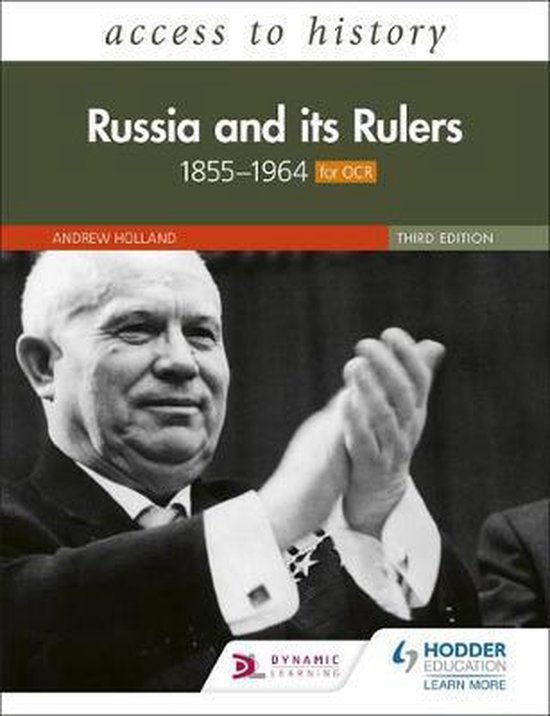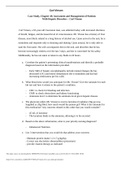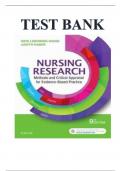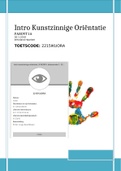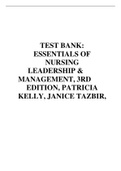Summary
Summary Russia and its Rulers Highly Detailed and Comprehensive Notes for A-Level History
Russia and its Rulers A-Level History Revision Notes (101 pages!!!) Thematic Revision Material targeting the following themes: Nature of Government. Economy and Society. Wars and Revolutions. (Satellite States not included due to content for 2022 examinations being cut back) Rulers inc...
[Show more]
